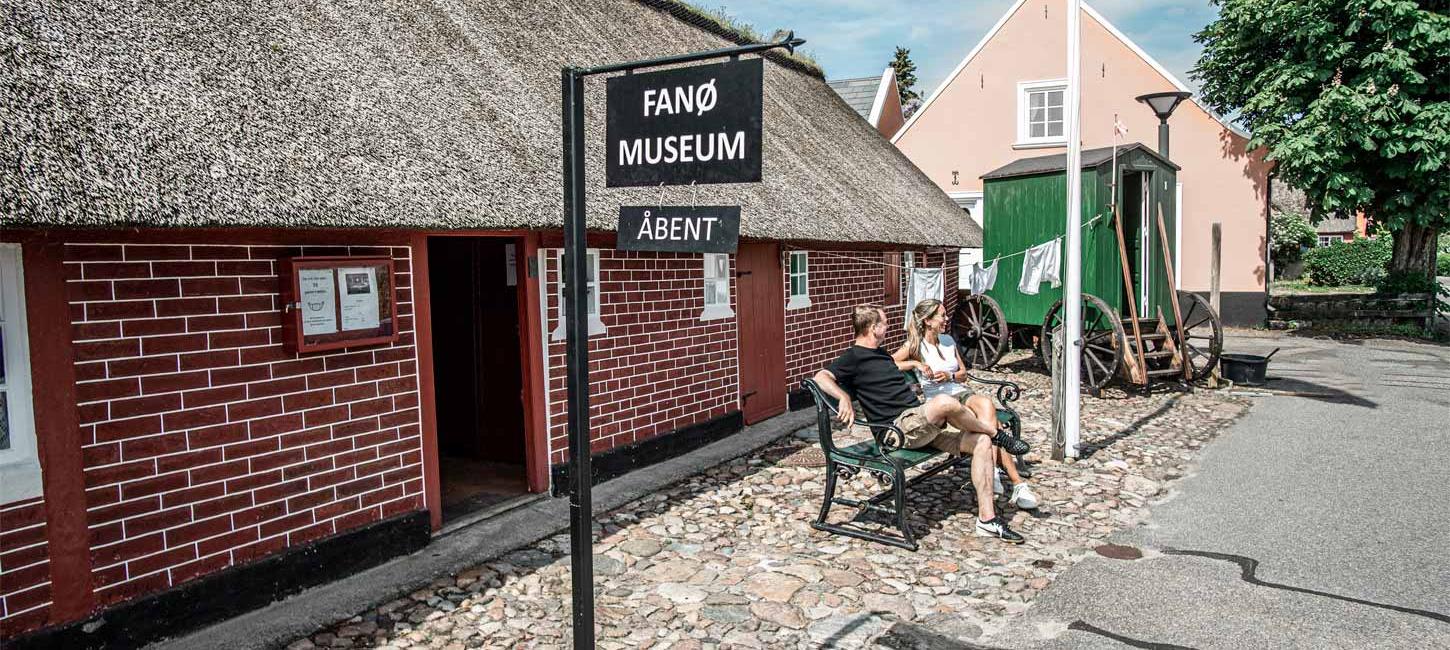
Stories and myths about Fanø
Fanø is an island with an exciting history and many stories. They are definitely not all completely true, but what does that matter, if the story is good.
The myth of the name Fanø
There once were two skippers who had been at service to the jötnar Fenja and Menja. As a reward, they were each given a salt mill, after which they sailed off in the two ships that were named after the jötnar. The two salt mills were on board, and the skippers sold their salt wherever they went. Unfortunately, both ships went down in a storm - one at a sandbank which was thereafter called Menjø (Mandø), the other at a sandbank called Fenjø (Fanø). At the shipwreck, large amounts of salt flooded out, which is why the waters surrounding Fanø and Mandø are saltier than other oceans.
The 1741 buy-out
Until 1741, Fanø belonged to the Danish Crown. Fanø was administered from Ribe which, at the time, was an important commercial centre and had monopoly on trade. The inhabitants of Fanø were skilled fishermen, but all fish export had to go through Ribe to be declared. Therefore, there was a strong desire to buy out the island and thus be freed from the ties to Ribe.
After an unsuccessful attempt to buy out the island in 1719, another chance arose in 1741, when King Christian VI wished to sell off his posses-sions to be able to finance various castle building projects. Together, the people from Nordby and Sønderho went to Ribe where the auction took place on July 10, 1741. There are many stories about the tricks that were put into operation to secure the purchase. In the end, the people of Fanø succeeded in buying the island and boost the development that led Fanø to become a maritime island of great significance.
Fannik and Sønderhoning
From olden times, Fanø has been divided into two territories: The northern part called Fanø and the southern part called Sønderho. There are many tales of the rivalry between “the two islands”. One of the consequences has been that you don’t really have a common denominator for people who live on Fanø. If you live in Nordby, you’re a fannik, and if you live in Sønderho, you’re a sønderhoning. A fannik is also called gøjer, while a sønderhoning is called a japper.